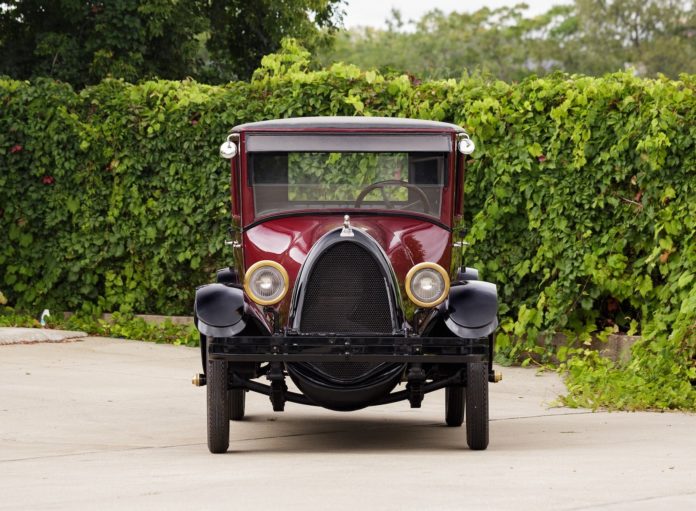It’s Herbert H. Franklin’s last day working for the organization he had led since 1893. It’s denouement of four decades of labor as the final Franklin air-cooled luxury car comes off the Syracuse, New York, assembly line this week in 1934. He gets up from his chair, grabs his hat, and walks out of his office, leaving everything in place.
The biggest and most prosperous air-cooled automaker in America was shutting down.
The company started after Franklin acquired the patents for the “Underwood Process,” which revolutionized die casting in 1893. He sold his hometown newspaper, the Coxsacie News, and moved to Syracuse, where he established the H.H. Franklin Manufacturing Co., the precursor of the car company that was about to become a footnote in automotive history.
An upstate upstart
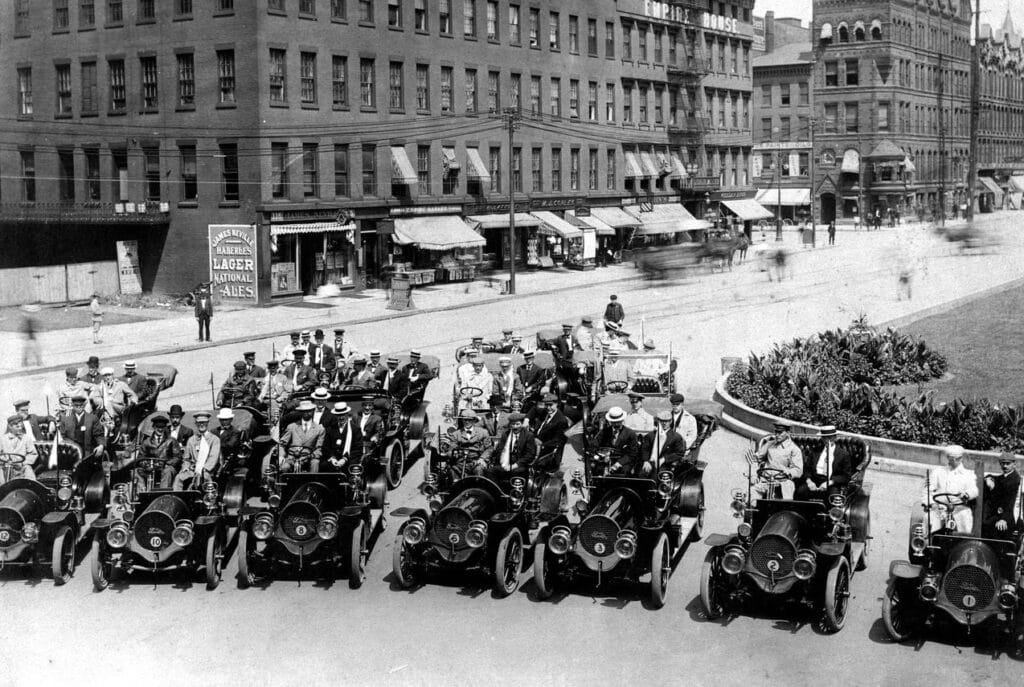
But The Franklin Automobile Co. may not have ever been created if John Wilkinson, whose grandfather named Syracuse, had gotten paid.
Wilkinson, a graduate of Cornell University’s engineering program, had created two automobile prototypes using air-cooled engines for The New York Automobile Company, a business established in New York City in 1901. Wilkerson’s two prototypes were being evaluated with an eye toward production after the business relocated upstate to Syracuse. But Wilkerson was upset; The New York Automobile Co. never paid him.
After an introduction to H. H. Franklin, Wilkerson and Franklin partner on making a new air-cooled car.
Soon after that, the New York Automobile Co. sues Franklin not only for patent infringement, but also for hiring Wilkerson. The company loses, as it does in two subsequent trials. Eventually, Franklin absorbs the firm, and the first Franklin hits the streets of New York City in 1902.
The wind at their backs
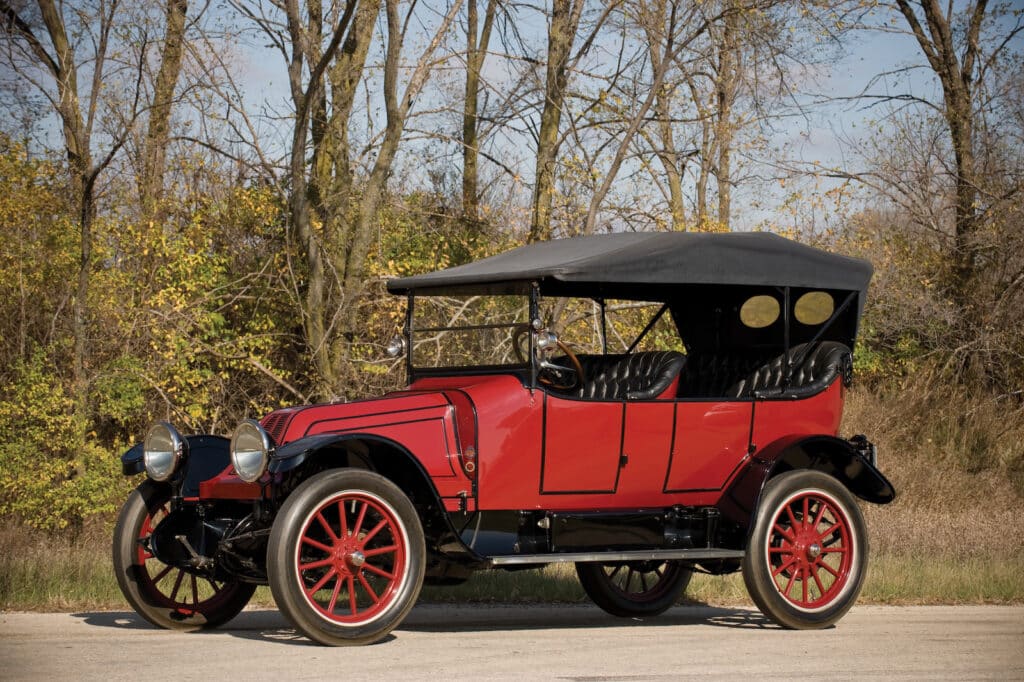
Priced at $1,200, the new car features a 72-inch wheelbase, a wood frame and a transversely mounted overhead-valve air-cooled engine. The 4-cylinder engine produces 10 horsepower through its two-speed planetary transmission.
But Wilkerson is driven by engineering excellence, and in 1905, Franklin introduces the industry’s first 6-cylinder car. By 1914, Franklin moves exclusively to building sixes. However, the engine’s limited power means that weight is a crucial factor. So Franklin switches to using aluminum pistons the following year.
Yet the company retains wood frames through 1928 despite always looking to shave their cars’ weight. An uniquely, the cars never had a temperature gauge, since engine heat was never a concern in the air-cooled Franklin.
Nevertheless, those who require dependability find that the air-cooled engine’s design eliminates water-cooling and its freezing or boiling-over issues — the same benefits Volkswagen would advertise years later with its air-cooled Beetle.
Franklin faces dealer demands
Wilkerson proved to be crucial in Franklin’s development, always maintaining that form follows function, which led to the car’s unique front-end appearance. Initially, Franklins sport barrel-style hoods, changing to Renault shovel-nose grilles in 1911 and a horse collar grille in 1921. Certainly, their appearance is distinctive.
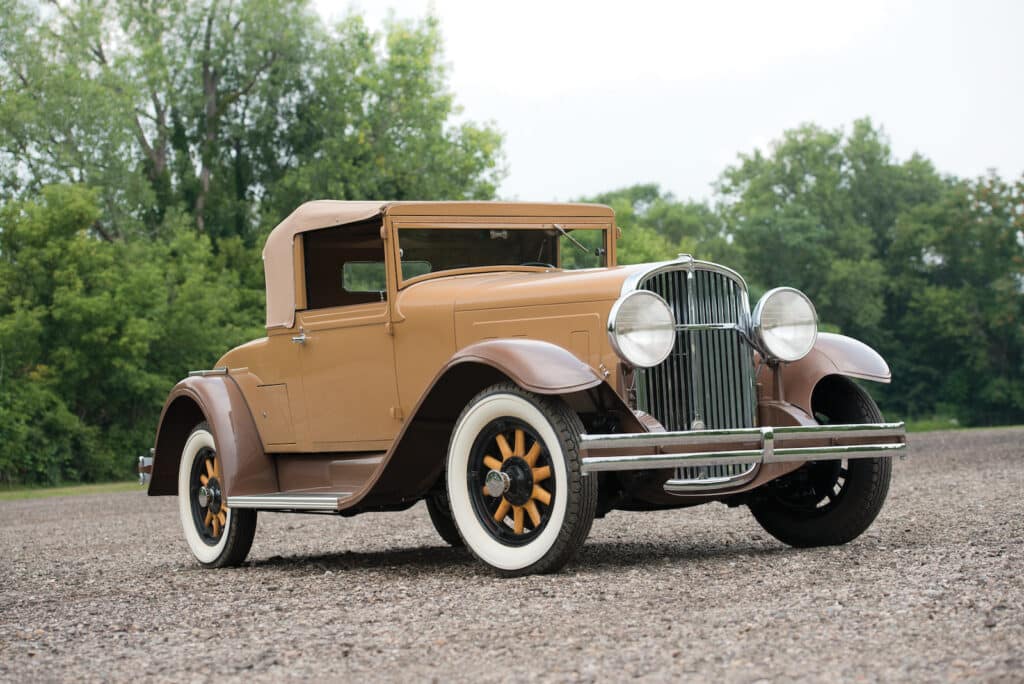
So he is understandably upset when a group of dealers arrive at the company’s headquarters in 1923, demanding that Franklin produce a car with more traditional looks, including a fake radiator grille. They were so perturbed, they were ready to surrender their franchises rather than sell the unorthodox-looking Franklin.
While H. H. Franklin is concerned and willing to listen, Wilkinson is horrified — and resigns.
In his absence, Franklin turns to designer J. Frank de Causee of the Walter M. Murphy Body Co. of Pasadena, California and in 1928, Ray Dietrich, to design new models, which appear in March 1925. The company soon employs a number of custom coachbuilders for its cars, including Derham, Walker, Willoughby, and Locke, among many others. Along with Packard and Cadillac, Franklin grew to become one of the decade’s best-selling luxury cars. In fact, Jessie Harlan Lincoln, granddaughter of President Abraham Lincoln, owned a 1928 Franklin roadster.
Franklin’s use of aluminum and drive for light weight saw it set a number of records, including one set by “Cannon Ball” Baker, who drove a 65-hp Franklin from New York to Los Angeles and back in 69 hours in 1929. With sales booming, H.H. Franklin borrows money to expand his Syracuse factory, but his timing couldn’t have been worse, when the stock market crash that same year. Production plummets from 14,000 vehicles in 1929 to 2,000 vehicles in 1932.
A last gasp
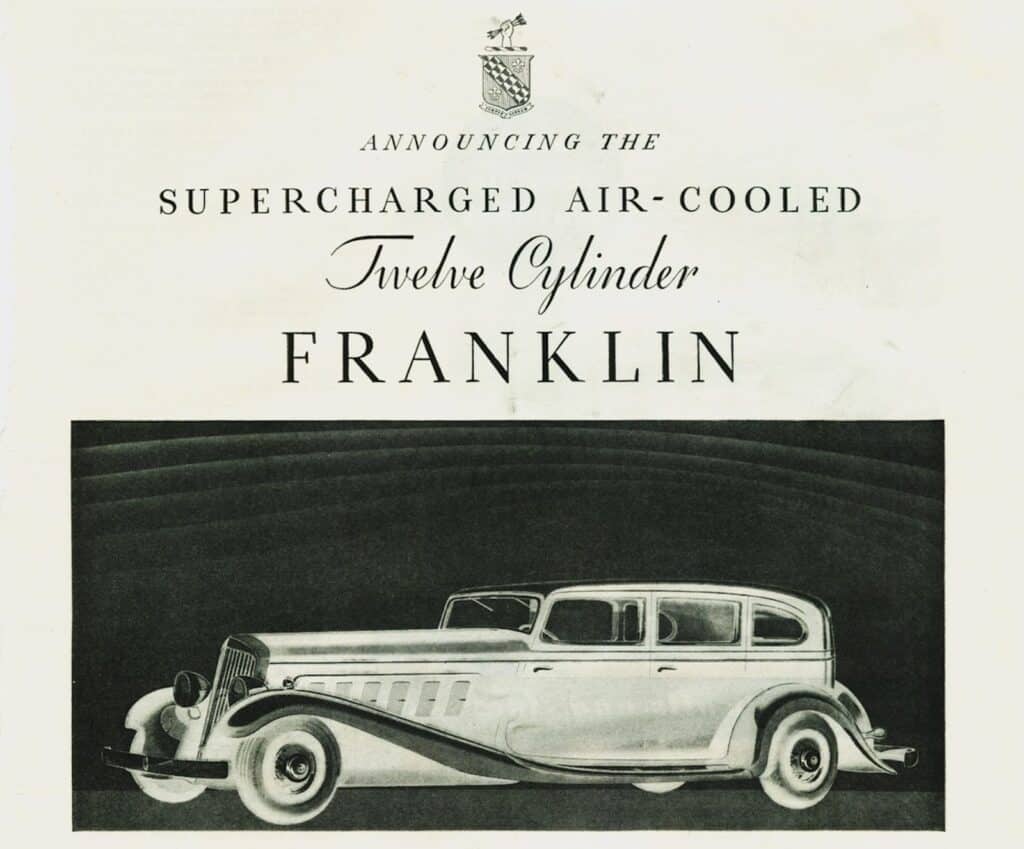
Deeply in debt and being controlled by the banks to which it owes money, Franklin fields a freshened line-up for 1932. The heart of the line-up is the $2,185 Franklin Airman, a 46-hp 6-cylinder model that debuted in 1928. But slotting below it is the new $1,435 Franklin Olympic, basically, a Reo Flying Cloud chassis and body with Franklin hood, hubcaps, badging and the Airman’s engine.
At the top of the range is a new model that was certainly the wrong car for the times — the Series 17, powered by an air-cooled 6.5-liter V-12 that produced 150 horsepower and had a top speed of 85 mph. Initially costing $4,000 with styling by LeBaron, doomed aviator Amelia Earhart bought one. But it wasn’t enough.
This week in 1934, the last Franklin automobile left the factory.
But bankruptcy didn’t bring an end to the company. A group of former Franklin employees bought Franklin’s name and assets and continued production of Franklin air-cooled engines as Air-Cooled Motors of Syracuse. Later, the company is bought by Tucker Industries and used as the engine for Preston Tucker’s ill-fated automobile.
By 1975, now named the Franklin Engine Co., it’s purchased by the government of Poland and relocated to Rzeszów.
Of the approximately 150,000 Franklins manufactured from 1902 through 1934, roughly 3,700 survive.

